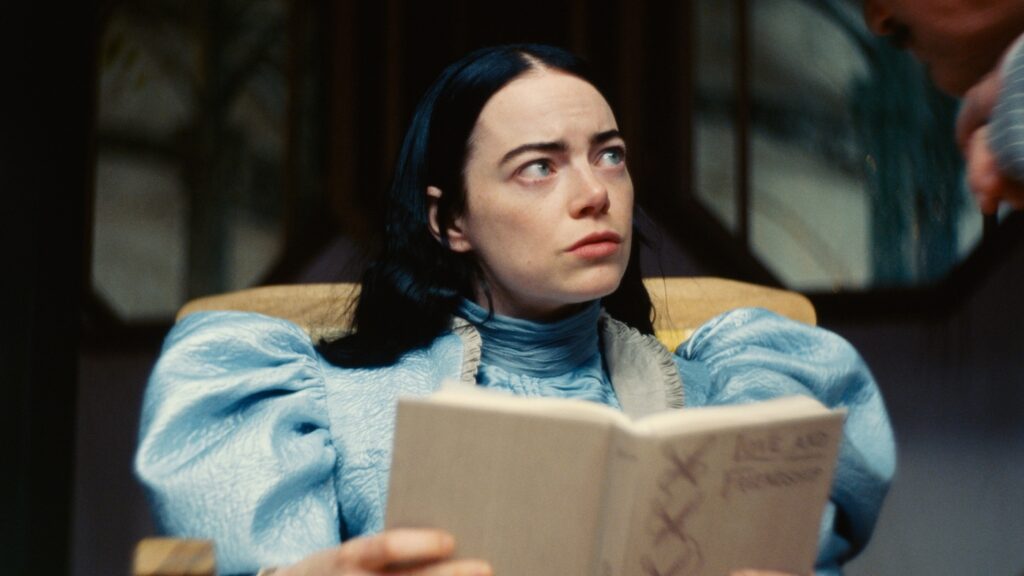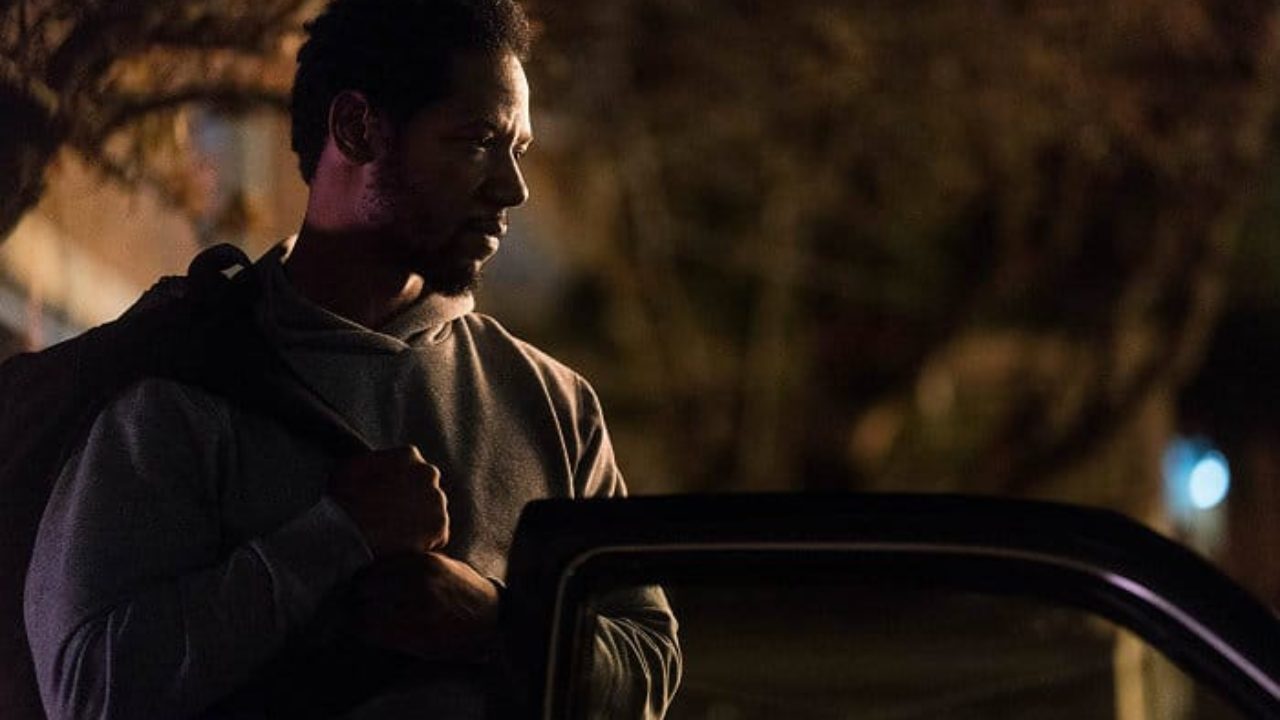
Yorgos Lanthimos has become one of the most singular and identifiable forces in modern filmmaking. The Greek auteur made a name for himself and created an entirely individualistic style with absurdly funny, darkly disturbing, and uniquely inventive films like Dogtooth, The Lobster, and The Killing of a Sacred Deer. Following the footsteps of filmmakers like Fellini, Lynch, and Gilliam, Lanthimos’ most memorable films follow their own logic and exist in their own universe with their own, entirely exclusive sensibilities. There has never been and there will never be another filmmaker who makes films quite like Yorgos Lanthimos.
Lanthimos’ latest, Poor Things, is an exciting and brilliant continuation of his unfiltered voice (unlike his excellent but somewhat impersonal previous feature, The Favourite). The film is set in a strange alternate reality during a timeless era with both past and futuristic characteristics. Based on the novel by Alasdair Gray, it is something of an updated Frankenstein tale, but with feminist undertones and a beautifully bizarre execution.
A mad but gentle scientist (Willem Dafoe) finds a pregnant woman (Emma Stone) after a suicide attempt. Instead of resuscitating her, he decides to swap her brain for her unborn and still-living baby’s brain, then jolts her to consciousness. Stone then goes on to develop throughout the film, starting as an innocent with infant-like characteristics, then eventually evolving into an individual who is more aware of herself and her body. Once she discovers sex, her life changes and centers around it, making herself vulnerable to an upper-class and increasingly heartless and babyish man (Mark Ruffalo) who wants to control her every move. As she continues to blossom intellectually and emotionally, Stone starts to see life as it is and questions its unfair nature along with its many complications while also struggling to become a woman who is in charge of her own destiny.
The story is endlessly fascinating, and I can’t think of another filmmaker who could have brought it to life as effectively as Lanthimos. His absurdist wit, endlessly creative vision, and boldly courageous filmmaking fit Poor Things’ complex ideas and grand themes perfectly. The film starts off in gorgeous black-and-white, then evolves into a deeply saturated and eye-popping color scheme, externalizing Stone’s interior life as her character’s brain matures and further understands the people and the world around her. The often surrealistic presentation and the darkly mysterious and dryly humorous tone that dominates the movie complement the otherworldly reality of its protagonist perfectly. It is clear throughout that the film follows an expressionistic path rather than a naturalistically straightforward one. Its inspired execution allows audiences to easily empathize with Stone’s confusion, passion, lust, loss, and joy.
The cast of Poor Things is simply perfect. Dafoe is a wonderful contradiction: sweet-natured and gentle, yet seemingly unaware of the inhumanity at the core of his many experiments. He captures this duality with perfection, somehow making his character lovable while also never letting the audience forget his destructive and unethical nature. Ruffalo is just as wonderful as Stone’s eventual oppressor. The inherently likable actor has infectious and lively fun depicting such a despicable and cowardly character.
Stone is simply brilliant in her highly demanding role. She has to essentially play several different characters that represent her in different stages of development throughout the film, and she does so seamlessly and with the appearance of ease. The performance is thoroughly mapped out and thought-through, with Stone always seeming to fully understand where exactly her character is on the journey to enlightenment.
Poor Things is a movie about a woman’s increasing awareness. She becomes aware of herself, of life’s harsher realities, of how many men compulsively try to control women, and of the disturbing truth behind her very existence. It’s a story common people can relate to, yet there is absolutely nothing common about it—not in its nature or its execution. It’s a multi-layered and eye-opening film that owes its extreme uniqueness to both a wholly original story and to the guiding hand of a filmmaker who marches to the beat of his own, gloriously weird drum.
GRADE: A



